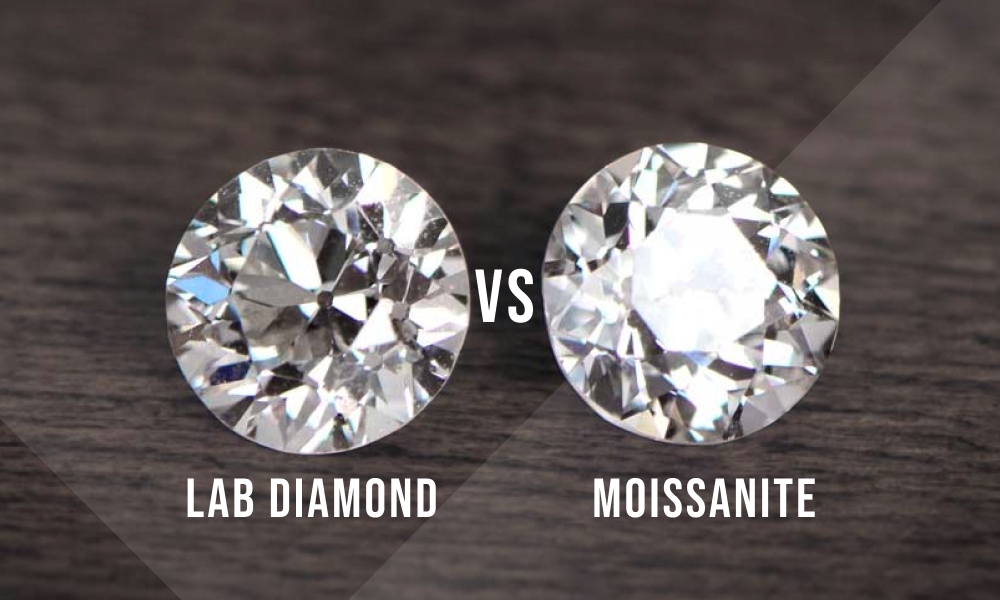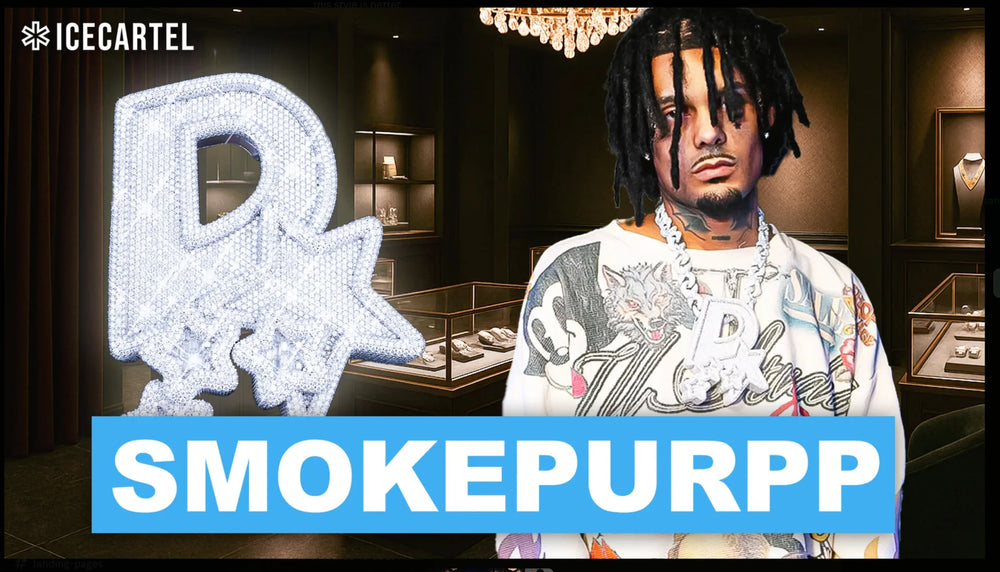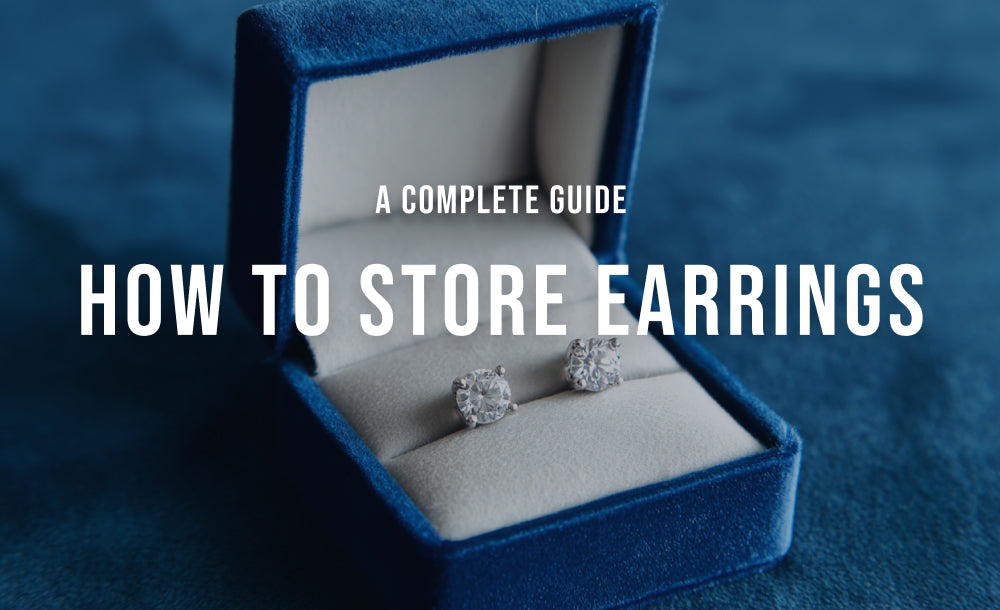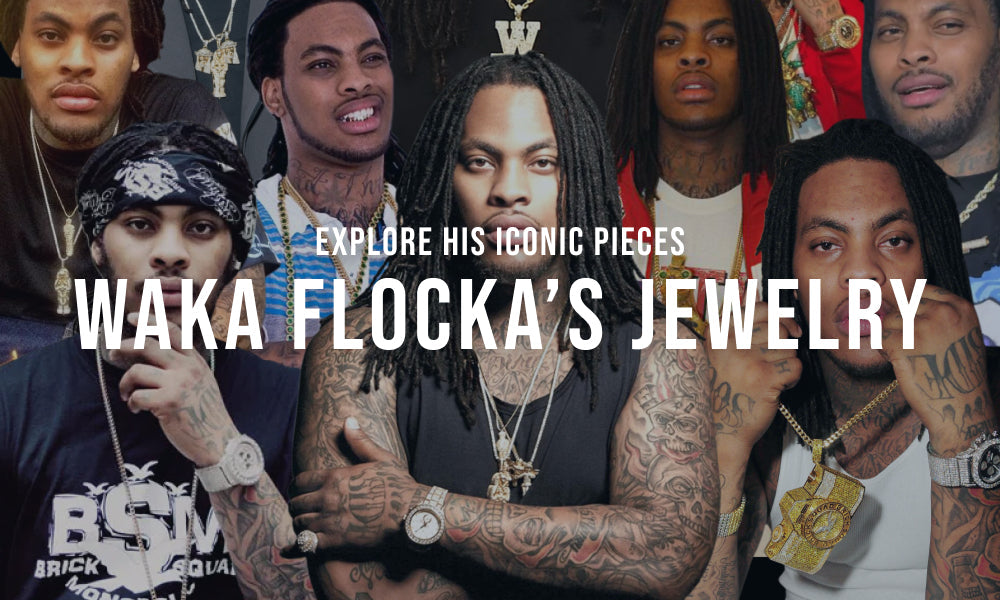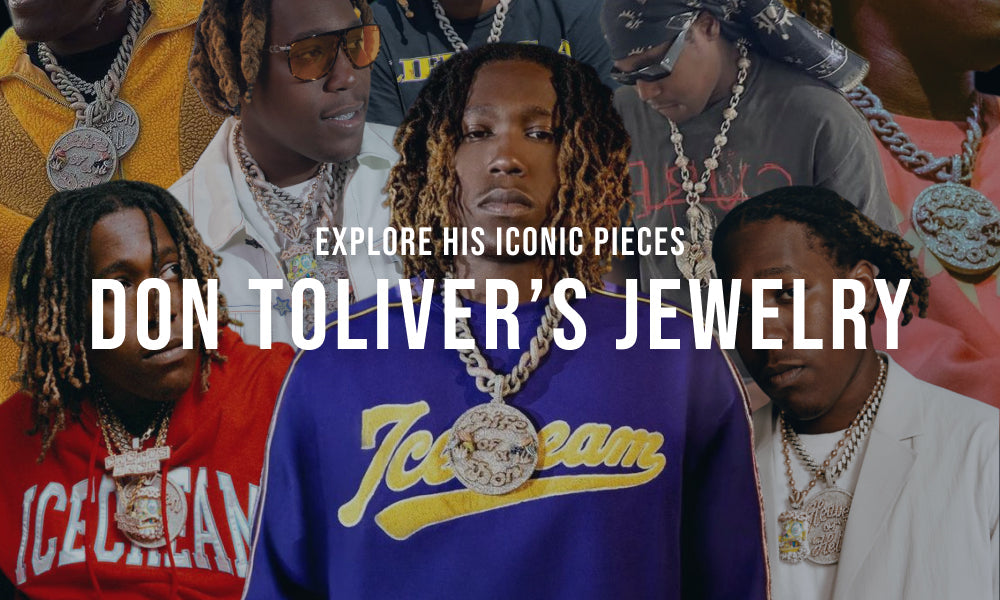Moissanite has seen a rise in popularity in the last decade, gaining recognition for its incredible beauty, brilliance, versatility, affordability, wearability, and exceptional hardness.
This blog post will cover the hardness of moissanite: what is the hardness of moissanite, where it rates on the Mohs hardness scale, what is the Mohs scale of hardness, and so much more. Choosing moissanite means choosing a world of luxurious possibilities, just waiting to be discovered, all within reach.
What Does Hardness Mean in Gemology and Why is it Important
Minerals and other objects are rated on the Mohs scale of hardness. The Mohs scale of hardness was developed by Friedrich Mohs in 1822 (hence the name) and is used to measure the scratch resistant tendencies, or the ability of one mineral scratching another. As defined by the Gemological Institute of America (GIA), The Mohs scale (pronounced MOZE) rates the hardness of gems and minerals. The hardness refers to the resistance of scratching or how the surface of the gem responds when it comes into contact with a sharp point. Hardness should not be confused with mineral toughness. Toughness is defined by how well a gem reacts to impact, resist breaking, chipping or cracking.
How Does the Mohs Scale Measure the Hardness of Gemstones
The Mohs scale is very useful in gemology because it helps identify and compare the hardness of different gemstones. Gemstones with higher hardness ratings are more durable and less prone to scratching, making them suitable for jewelry. Softer minerals become too difficult to worth with, set, cut, and facet, making them unsuitable for jewelry design.
The Hardness of Moissanite
Moissanite measures 9.25 on the Mohs scale of hardness, measuring minerals on a scale ranking 1-10.
Where Does Moissanite Rank on the Mohs Scale
| Mohs Hardness | Mineral | Example of Common Object |
|---|---|---|
| 1 | Talc | Chalk |
| 2 | Gypsum | Fingernail (2.5) |
| 3 | Calcite | Copper penny |
| 4 | Fluorite | Iron nail, glass |
| 5 | Apatite | Knife blade, window glass |
| 6 | Orthoclase | Steel file |
| 7 | Quartz | Streak plate |
| 8 | Topaz | Quartz crystal, hardened steel |
| 9 | Corundum | Silicon carbide, tungsten carbide |
| 9.25 | Moissanite | |
| 10 | Diamond |
In order to further understand the hardness of moissanite, here is a brief breakdown of other minerals and their scratch resistant tendencies. The following is part of the original scale:
Diamond: Diamond is famous for its hardness or scratch resistant tendencies, rating 10/10 on the scale.
Moissanite: (lab created and natural): rates 9.25. This makes it almost as durable as a diamond.
Corundum: Sapphire and ruby (corundum) are a part of the “Big 3” of precious gemstones, famous and sought-after for their beauty, vibrancy, durability, and versatility, cut into many shapes. All corundum rates 9 on the Mohs scale, making it suitable for wearing everyday.
Topaz (blue topaz, yellow topaz, etc) rates 8 on the Mohs scale. This makes topaz ideal for setting into any fine metal as a ring, pendant, bracelet, and more.
Quartz: (amethyst, citrine, ametrine, rock crystal, aventurine, and rose quartz, for example) rates 7-7.50 m. Although not as scratch resistant as other gemstones mentioned, quartz is suitable for everyday wear. Taking care not to knock, drop, or wear your quartz during activities will keep it looking pristine.
Orthoclase Feldspar: Igneous rock orthoclase feldspar rates 6. Moonstone is a popular variety of orthoclase feldspar.
Apatite: Phosphate mineral apatite can be scratched with a knife with difficulty. It has a hardness rating of 5, making it somewhat scratch resistant.
Fluorite: Very easily scratched with a knife but not as easily as calcite. It has a hardness rating of 4. Fluorite is very popular as a decorative stone because of its striking colors and appearance.
Calcite: Calcite can be scratched by a copper coin. It has a hardness rating of 3. Very easily scratched with a knife and just scratched with a copper coin.
Gypsum: Gypsum has a hardness rating of 2. Can be scratched by the fingernail.
Talc: Talc rates a 1, making it very soft, having the lowest ranking from 1-10.
There are many other minerals rated on the Mohs scale, depicting how well they will withstand usage, wear, or tear.
Why Does the Hardness of Moissanite Matter
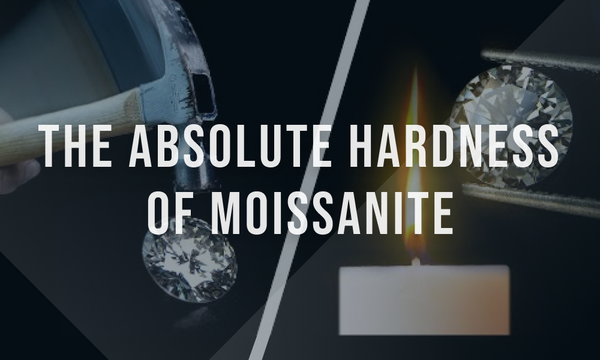
The following discusses the implications of hardness for wear and tear, longevity, etc. regarding moissanite's rating on the Mohs hardness scale.
- Scratch Resistance: Moissanite's high hardness rating of 9.25 on the Mohs scale means it is more resistant to scratches. It is harder than sapphire, ruby, quartz, and topaz.
- Longevity: The hardness of moissanite contributes to its longevity, made to last a lifetime and perfect for passing down to generations as a family heirloom or prized keepsake of your special moment.
- Durability: Moissanite's hardness also makes it durable, withstanding light impacts, resists easy chipping, or breaking compared to softer minerals. This durability makes it ideal for jewelry, as rings, chains, bracelets, and pendants are exposed to potential damage through daily wear.
- Maintenance: While moissanite is highly scratch resistant, it can still be damaged. Taking care of moissanite jewelry by avoiding harsh chemicals (cleaning products, chlorine, for example), storing your moissanite jewelry separately from other jewelry and stones prevents scratching, and having regular professional cleanings and inspections keep your piece the same way you initially fell in love with--time and time again.
Key Factor for Choosing Moissanite as a Gemstone:
Moissanite's high hardness rating makes it the perfect choice for custom made moissanite jewelry, rings, bracelets, chains, engagement rings, and more.
Moissanite is more than just brilliant and beautiful--it is a hard and durable choice for jewelry, withstanding everyday wear without losing its visual appeal, resistant to scratching and breaking when treated with care.
Is moissanite right for you and your lifestyle? A lot of people adore moissanite. For more information, check out our blog Do Rappers Wear Moissanite?
The Absolute Hardness of Moissanite

The high absolute hardness of moissanite contributes to its desirability, due to its affordability, versatility, and options for jewelry design. Its scratch-resistance to wear and tear, and low maintenance care make moissanite appealing for those who seek a sustainable, eco-friendly, and socially conscious choice.
What Does the Term 'Absolute Hardness' Mean?
The absolute rating of moissanite's hardness on the Mohs scale means that it is harder than the majority of popular, common, or uncommon gemstones listed above and unique decorative materials commonly used in jewelry (plastic, glass, resin, epoxy, etc).
Frequently Asked Questions
Have questions about moissanite jewelry? Below is a short summary with answers to your questions.
Where does moissanite fall on the Mohs hardness scale?
Moissanite rates a 9.25 on the Mohs hardness scale, a scale measuring minerals and rating them 1-10.
How does moissanite compare to diamond in terms of hardness?
Diamond is famous for its hardness, rating a 10 out of 10 on the Mohs scale. Moissanite rates a 9.25, making it almost as durable and scratch-resistant as a diamond.
Is moissanite suitable for daily wear jewelry considering its hardness?
Moissanite's high hardness rating makes it suitable for daily wear, set into common jewelry designs such as engagement rings and men’s moissanite rings. Moissanite's durability, scratch resistance, and ability to retain its sparkle for a lifetime make it the ultimate selection for your next jewelry purchase.
Why is the hardness of a gemstone important in jewelry making?
It is imperative the stone be hard enough for jewelry making. Cutting, faceting, and shaping the stone applies pressure, along with setting the stone into any metal. Thes stone must be durable enough to not break–the durability of a gemstone ensures that the gemstone jewelry withstands everyday activities without damage, making it a practical choice for an engagement ring, custom made jewelry, or other special design.
Can the hardness of moissanite impact its use in jewelry?
Moissanite's high scratch resistant rating of 9.25 allows it to maintain its brilliance and beauty over time, even with regular use, enjoyment, wear, and travel. Moissanite can withstand daily wear and light activities, such as gentle handwashing, light working with the hands, exercising (no weights or activities exposing the jewelry to heavy objects).
Summary
The Mohs scale also helps identify an unknown mineral based on its scratch resistant properties. The Mohs scale of hardness ranks minerals on a scale of 1-10. These assigned numbers reflected the ease or difficulty of one mineral's ability to scratch another.
What is the hardness of moissanite? Moissanite rates 9.25 on the Mohs hardness scale, making it durable and scratch-resistant to many other stones. Diamond rates 10/10 on the scale. But what about other diamond simulants? Check out our blog Moissanite vs. Diamond vs. Cubic Zirconia: A Comparison Guide for more information.
What makes moissanite so special? Moissanite contains a lot of unique chemical and optical properties, making it a stand-out gem compared to other diamond simulants and natural diamond alternatives. Moissanite is an affordable, high-quality, versatile, and durable socially conscious, eco-friendly stone, making it the perfect choice for everyday wear.

























